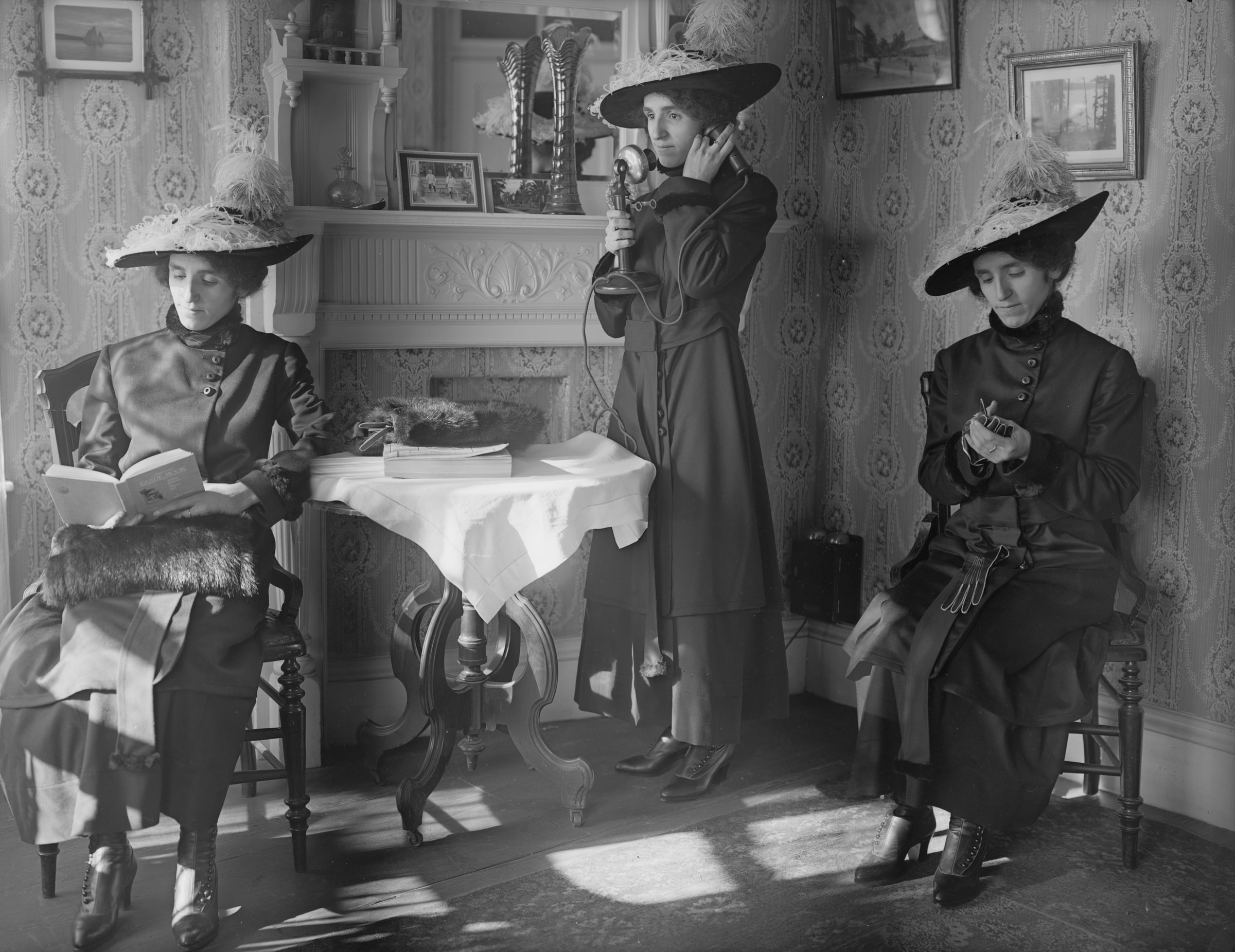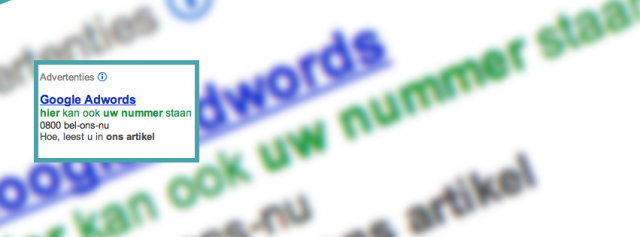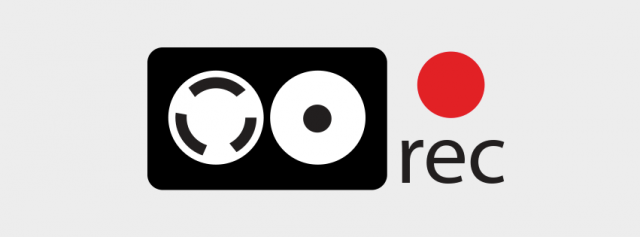Old Phone Numbers Netherlands: History of Phone Numbers

The American city of Lowell, known as the cradle of the industrial revolution, was the first place where telephone numbers were used in 1879. At that time, callers still told the operator which number they wanted to be connected to. This system was also introduced in the Netherlands two years later, in 1881.
In the same year, the first old telephone directory appeared in Amsterdam. This directory contained only 185 telephone numbers of one, two, or three digits. Although this was revolutionary at the time, a comparison with current telephone books is hardly possible. The number of subscribers soon grew, and in 1884 a national directory was published with numbers for cities such as Amsterdam, The Hague, Arnhem, Groningen, and Utrecht. At that time, however, people could only call within their own city.
Over the years, the numbering plan became increasingly clear and logical. In addition, separate directories appeared for people and professions, such as companies, known as the Golden Pages. The Deventer district was assigned the area code 06700 in the 1935 numbering plan, which was changed to 05700 in 1964. When the numbering plan was further developed, it turned out that significant savings could be achieved by making the districts of Amsterdam (first digit = 9), Rotterdam (8), and Utrecht (7) automatically accessible from all districts.
Growing need for more digits
In Amsterdam, the number of subscribers grew so rapidly that in 1915 they had to switch to five-digit telephone numbers. This marked the beginning of the expansion of the number of numbers in the Netherlands. Other large cities soon followed. The number of subscribers continued to increase, and with the growing demand for telephone services, new numbers were also added in other cities, such as Deventer. In the meantime, ordinary telephone numbers have ten digits, while service numbers have 8 or 11 digits.
Area codes only from 1930
Until the 1930s, cities had their own local networks. Each city had a separate telephone network with cables running directly from the subscribers to the telephone exchange. These overhead lines caused many complaints from residents, as they obstructed the view and caused horizon pollution. Eventually, the telephone cables were laid underground in all cities. In 1930, the various area codes were introduced, making it possible to also call outside one’s own city.
Automation and the Second World War
In 1962, the entire telephone network was automated, which made the work of telephone operators superfluous. This allowed people to call directly without the intervention of an operator. It became increasingly common to have a telephone. Area codes still had five digits, but the subscriber numbers could vary in length. During the Second World War, however, the Dutch telephone network experienced serious limitations, as many lines were damaged. Nevertheless, the number of subscribers continued to grow.
Service numbers and special numbers
In the early years, service numbers were used for information services. For example, one could call 002 for the time, 003 for the weather, and 007 to speak to the fault service. These short numbers eventually gave way to longer service numbers such as the 0800- and 0900-numbers. While 0800 numbers are free for the caller, companies determine the costs of 0900 numbers.
The nineties brought further innovations, including the introduction of name dialing. These numbers, such as 0800-BELFABRIEK, used a combination of digits that correspond to letters on the dial. This system was introduced by the OPTA and has since become increasingly popular.
Ten-digit numbers and Operation Decibel
In 1995, a major reform took place during the so-called Operation Decibel. Here, all regular telephone numbers in the Netherlands were standardized to a ten-digit format. The older four- and five-digit area codes disappeared, and every subscriber number was henceforth preceded by a three-digit area code. This change ensured a streamlined layout of the numbering plan and simplified national telephony. Service numbers, such as 0800 and 0900 numbers, however, still have different lengths and can have eight to eleven digits.
The rise of 085 numbers
Around 2020, 085 numbers became increasingly popular, especially among webshops and companies that wanted a national image. Unlike local area codes, these numbers offer companies more flexibility and a professional image without geographical limitation. This type of number quickly became a favorite for entrepreneurs who wanted to expand their reach without being tied to a specific area code.
Future of telephone numbers in the Netherlands
With ongoing digitalization, VoIP is playing an increasingly important role in business communication. More and more companies are switching to VoIP services because of the flexibility and cost savings they offer compared to traditional ISDN services, which are now rapidly losing popularity. The coming years will likely bring further changes in the way companies and consumers use telephony, with a focus on flexibility and digital integration.
Conclusion
The history of telephone numbers in the Netherlands reflects technological progress and the growing need for communication. From the first old telephone directories with only a handful of numbers to the current ten-digit numbers and specialized service numbers, the Dutch telephone network has come a long way. The evolution of area codes, automation, and the introduction of special numbers such as 085 shows how telephony has adapted to the changing needs of businesses and consumers.
Frequently asked questions
A quick way to explore how everything works and what to expect.
Five-digit area codes were formerly used in cities with high telephone traffic, such as Amsterdam and Rotterdam. These numbers were abolished in 1995 during Operation Decibel, when all telephone numbers in the Netherlands were converted to a standardized ten-digit number format. As a result, the older four- and five-digit area codes disappeared and were replaced by three-digit area codes, followed by a fixed seven-digit subscriber number.
Operation Decibel was a major restructuring of the Dutch numbering plan in 1995. The goal was to standardize telephone numbers and make more numbers available. All subscriber numbers were given a fixed three-digit number, followed by a seven-digit subscriber number, so that every telephone number from then on consisted of ten digits.
During the Second World War, many telephone lines were damaged, which led to serious disruptions in telephone traffic. After the war, the network was restored and further automated. This made telephone operators redundant and allowed people to call directly without the intervention of an operator.
085 numbers are non-geographic numbers that have become popular since 2020. They are mainly used by webshops and companies that want a national image without being limited to a specific local area code. These numbers offer flexibility and professionalism, ideal for companies that want broader accessibility.
Name dialing is a method where companies use service numbers that correspond to letters on the dial, such as 0800-BELFABRIEK. This makes it easier for customers to remember and call a company, because they can mentally convert the number into a recognizable word.

 Netherlands
Netherlands Belgium
Belgium Denmark
Denmark Germany
Germany France
France Switzerland
Switzerland Austria
Austria UK
UK Spain
Spain Italy
Italy


